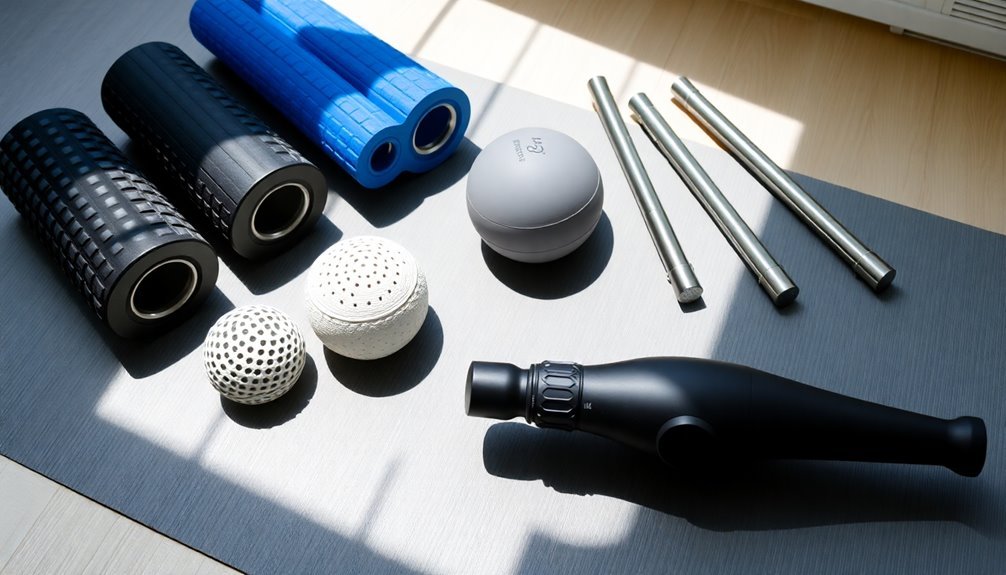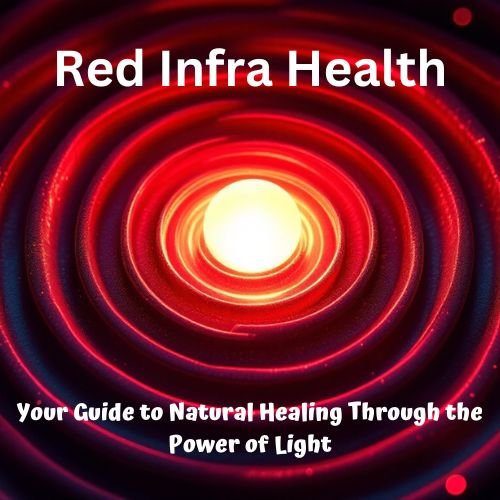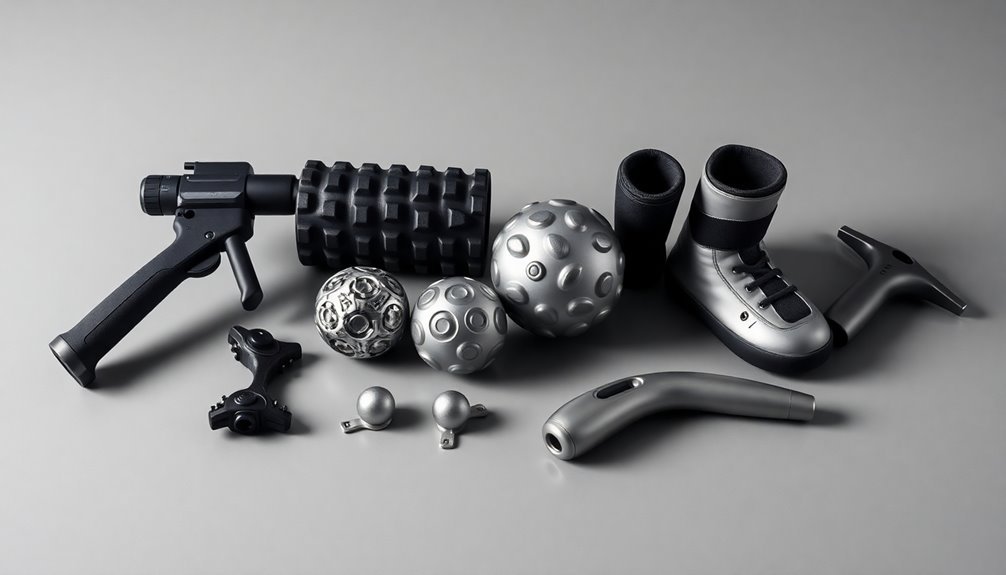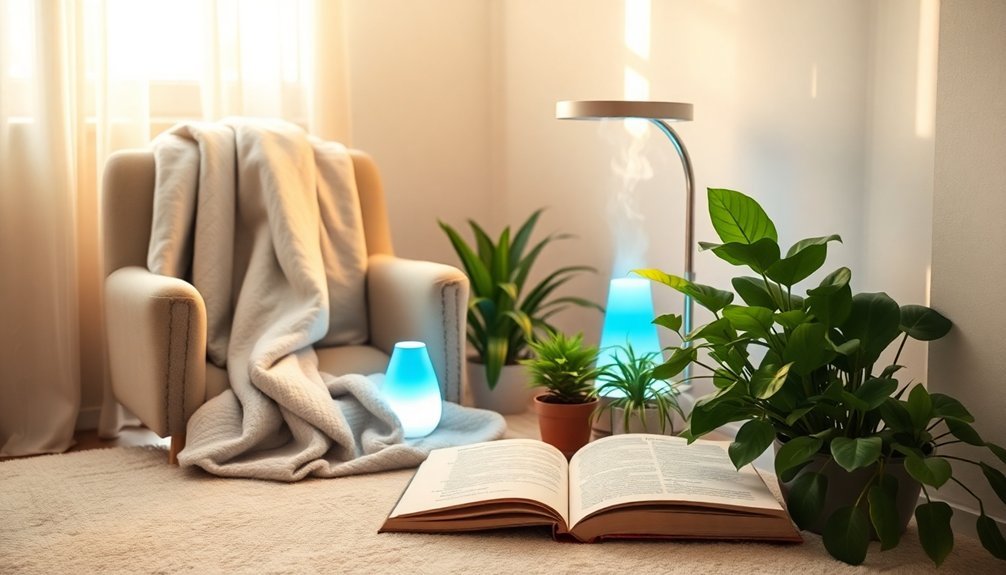For ideal muscle recovery, you'll want to think about these top 5 therapy devices. Compression recovery systems enhance blood flow and remove metabolic waste through sequential pneumatic compression. Percussive massage devices deliver rapid pressure bursts to break down knots and increase circulation. Myofascial release tools like foam rollers help stretch fascia and improve flexibility. Temperature therapy equipment alternates between hot and cold treatments to reduce inflammation and soreness. Light therapy units boost cellular repair using specific wavelengths. Understanding how each device works differently will help you make the best choice for your recovery needs.
Compression Recovery Systems

A powerful wave of compression moves through your tired muscles as recovery systems work their magic. These advanced devices use sequential intermittent pneumatic compression to boost your body's natural recovery processes, helping you bounce back faster from intense workouts.
The soreness typically reaches its peak between 24-72 hours after exercise, making these systems particularly valuable during this window. You'll experience enhanced circulation as the system's multiple chambers work in succession, pushing blood through your veins and delivering essential oxygen to your tissues.
The adjustable pressure settings, typically ranging from 0-230 mmHg, let you customize the intensity to match your recovery needs. Whether you're dealing with post-workout soreness or trying to improve joint function, you can select from various programmed modes for targeted relief.
The science behind these systems is solid. They're proven to accelerate the removal of metabolic waste products like lactic acid while reducing inflammation through improved lymphatic flow.
You'll notice reduced muscle soreness, decreased stiffness, and faster recovery of strength and power. Research confirms that these devices are as effective, if not more so, than traditional recovery methods.
Look for systems with multiple chambers, adjustable settings, and various modes to get the most benefit from your recovery sessions.
Percussive Massage Devices
Countless athletes and fitness enthusiasts now turn to percussive massage devices as their go-to recovery tool. These powerful devices deliver rapid bursts of pressure deep into your muscles, enhancing blood flow and breaking down stubborn knots and scar tissue that restrict your movement.
You'll experience faster recovery times and reduced muscle soreness as these devices increase circulation and oxygen distribution throughout your body. They're particularly effective at warming up muscles before exercise, which helps prevent injuries, and they'll improve your range of motion by keeping muscle tissue loose and hydrated. Stand-alone therapy services can effectively incorporate these devices for maximum benefits.
To get the most from your percussive massage device, start with the lowest speed setting and slowly move along each muscle group for 1-2 minutes. Don't press too hard; let the device's weight do the work, and always avoid bony areas.
When selecting a device, look for features like high-torque motors, multiple speed settings, and interchangeable heads for targeting different muscle groups.
For best results, you'll want a device with an ergonomic design that's easy to handle and a battery life that won't quit mid-session. This combination guarantees you'll get consistent, effective treatment whenever you need it.
Myofascial Release Tools

Myofascial release tools offer you a targeted way to release tension and tightness in your muscles and connective tissues. These tools work by applying sustained pressure to stretch the fascia, reducing pain and improving your range of motion. Deep controlled breathing can enhance the effectiveness of myofascial release and promote better relaxation.
You'll find various options, from simple foam rollers to sophisticated electronic devices, each designed for specific purposes.
For large muscle groups, you'll want to use foam rollers, which come in different densities to match your comfort level. If you need to target smaller areas, myofascial release balls can provide precise pressure, similar to a therapist's elbow. Electronic fascial mobilization devices offer automated oscillation for enhanced muscle recovery, while pressure biofeedback tools help you monitor the force you're applying.
You can incorporate these tools into both your pre- and post-workout routines. Before exercise, they'll help improve flexibility and prepare your muscles for activity.
After workouts, they're effective at reducing muscle soreness and speeding up recovery. For the best results, apply steady pressure to tense areas and maintain consistency in your routine.
Regular use won't just ease pain and improve flexibility – it'll also help prevent injuries and enhance your overall athletic performance.
Temperature Therapy Equipment
Beyond manual tissue work, temperature therapy equipment provides powerful options for muscle recovery and pain management. You'll find four main categories: heat therapy, cold therapy, contrast therapy, and compression therapy devices. Each offers unique benefits for different recovery needs and injury stages. Proper recovery strategies are essential for preventing injuries and maintaining peak athletic performance.
| Type | Best Used For |
|---|---|
| Heat Therapy | Pre-workout flexibility, muscle relaxation, chronic pain |
| Cold Therapy | Acute injuries, inflammation reduction, post-workout soreness |
| Contrast Therapy | Enhanced circulation, thorough recovery, rehabilitation |
| Compression | DOMS reduction, improved blood flow, swelling control |
| Combined Methods | Maximum recovery benefits, injury prevention, performance |
When you're dealing with muscle soreness, heat therapy improves blood flow and nutrient delivery while expanding blood vessels for better healing. For acute injuries, cold therapy's vasoconstriction helps reduce swelling and inflammation. You'll get the best of both worlds with contrast therapy, which alternates between hot and cold to enhance circulation and provide thorough recovery benefits. Adding compression therapy to your routine can speed up recovery by applying consistent pressure to affected muscles, especially when combined with cold therapy. These devices work most effectively when you match the therapy type to your specific recovery needs.
Light Therapy Units

Light therapy units represent a cutting-edge approach to muscle recovery through the power of specific wavelengths of light. These devices work by penetrating your skin with low-level red wavelengths, stimulating cellular repair and increasing blood flow to your muscles.
They'll boost your body's ATP production, which enhances cellular energy and speeds up recovery. Athletes using these devices have shown faster return-to-play times after injuries.
You'll find various light therapy options available, from handheld wands to full-body blankets. These units are particularly effective when used both before and after your workouts. Before exercise, they'll prepare your muscles for activity, and post-workout, they'll help reduce inflammation and prevent soreness.
For targeted treatment, you can use specialized mitts and slippers designed specifically for hands and feet.
When you're using light therapy units, you'll want to follow recommended session durations and safety guidelines. It's smart to consult a healthcare professional before starting treatment, especially if you're dealing with specific injuries.
The combination of infrared and red light wavelengths offers thorough recovery benefits, making these devices particularly valuable for endurance athletes who need quick recovery between training sessions.
Frequently Asked Questions
Can I Use Multiple Recovery Devices in the Same Day?
Yes, you can use multiple recovery devices in the same day. Just space them out, don't overdo it, and listen to your body. It's best to start with one device before adding others gradually.
How Soon After Injury Should I Start Using Recovery Devices?
You can start using recovery devices as early as 2 hours post-injury, but don't rush it. Listen to your body and consult your healthcare provider first. The timing varies based on injury severity.
Are Recovery Devices Safe to Use During Pregnancy?
You'll need to consult your doctor first, but TENS and EMS devices can be safe during pregnancy. Avoid using them on your abdomen, and stick to doctor-approved areas like shoulders and back.
Which Recovery Methods Work Best for Chronic Versus Acute Conditions?
For chronic conditions, you'll benefit most from low-intensity exercise, lifestyle changes, and consistent sleep habits. For acute conditions, focus on immediate interventions like active recovery, cryotherapy, and targeted therapeutic devices.
Do Recovery Devices Help With Muscle Growth or Just Pain Relief?
You'll get both benefits: devices like NMES directly stimulate muscle growth through contractions, while PBMT and TENS primarily target pain relief. For ideal results, you should combine different devices based on your specific goals.
In Summary
You'll find these recovery devices can be game-changers for your post-workout routine. Whether you choose compression boots, a massage gun, foam roller, ice/heat therapy, or red light treatment, each option targets muscle recovery differently. Start with one that best addresses your specific needs and recovery goals. Don't hesitate to combine multiple devices for the best results – your muscles will thank you.





Leave a Reply